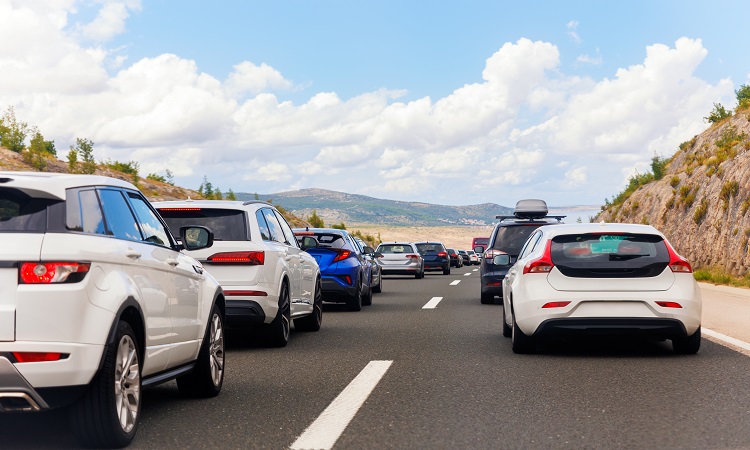Car All Sensor Name List and Their Functions
Car All Sensor Name List and Their Functions

Introduction
When buying a car, it’s not just about how it looks or feels; knowing the technology inside matters too. Today’s cars use lots of sensors to keep things running smoothly and safely. If a sensor breaks, it can change the way your car is repaired because mechanics rely on these sensors to diagnose problems. Read on for a list of all car sensor names.
Car All Sensor Name List
Modern cars are packed with sensors that act like the vehicle’s senses. Here’s a simple guide to some of the most common sensors you’ll find:
• Oxygen Sensor:
This sensor checks the oxygen level in the exhaust. It helps the car maintain the perfect fuel-to-air mix so your engine runs efficiently and produces fewer emissions.
• Mass Air Flow (MAF) Sensor:
This sensor estimates the amount of air entering the engine. The car uses this information to determine the right amount of fuel to inject, keeping the engine happy and smooth.
• Intake Air Temperature (IAT) Sensor:
Air temperature matters because colder air has more oxygen. This sensor measures the temperature so the ECU can fine-tune the fuel mix for better performance.
• Engine Oil Sensor:
Your engine needs enough oil to run well. This sensor monitors oil levels and lights up a warning if they drop too low, saving you from costly damage.
• Vehicular Speed Sensor (VSS):
This one tracks how fast your wheels are turning. It helps systems like ABS brakes work properly to keep you safe, especially in tricky driving conditions.
• Tyre Pressure Monitoring System (TPMS):
Flat or underinflated tyres aren’t just dangerous, they waste fuel. The TPMS alerts you if a tyre’s pressure is low so you can fix it quickly.
• Coolant Temperature Sensor:
Engines can overheat, which is bad news. This sensor watches the coolant temperature and warns you if it’s getting too hot, so you can stop before trouble starts.
• Engine Knock Sensor:
Sometimes, the fuel-air mix ignites too early, causing a knocking sound that can damage the engine. This sensor detects this and tells the ECU to adjust the timing to protect your car.
• Airbag Sensor:
If there’s an accident, this sensor springs into action, deploying airbags and locking doors to keep you safe.
• NOx Sensor:
Cars have to control pollution, and this sensor measures harmful nitrogen oxides in the exhaust. It helps keep emissions in check so your car stays eco-friendly.
Conclusion
Knowing the types of car sensors allows you to look after your car better and drive more safely. Remember to also put additional security measures in place, such as a car insurance policy. This can offer financial protection should any car system fail or in other instances of damage or loss.
Disclaimer: The above information is for illustrative purposes only. For more details, please refer to the policy wordings and prospectus before concluding the sales.
RELATED ARTICLES
Sensors in Cars and Their Functionalities
How Auto Rain Sensing Wipers Operate & Its Benefits
What is Anti-Lock Braking System?
Car Dashboard Symbols And Meanings










 Health Insurance
Health Insurance  Travel Insurance
Travel Insurance  Car Insurance
Car Insurance  Cyber Insurance
Cyber Insurance  Critical Illness Insurance
Critical Illness Insurance
 Pet Insurance
Pet Insurance
 Bike/Two Wheeler Insurance
Bike/Two Wheeler Insurance  Home Insurance
Home Insurance  Third Party Vehicle Ins.
Third Party Vehicle Ins.  Tractor Insurance
Tractor Insurance  Goods Carrying Vehicle Ins.
Goods Carrying Vehicle Ins.  Passenger Carrying Vehicle Ins.
Passenger Carrying Vehicle Ins.  Compulsory Personal Accident Insurance
Compulsory Personal Accident Insurance  Travel Insurance
Travel Insurance  Rural
Rural 











